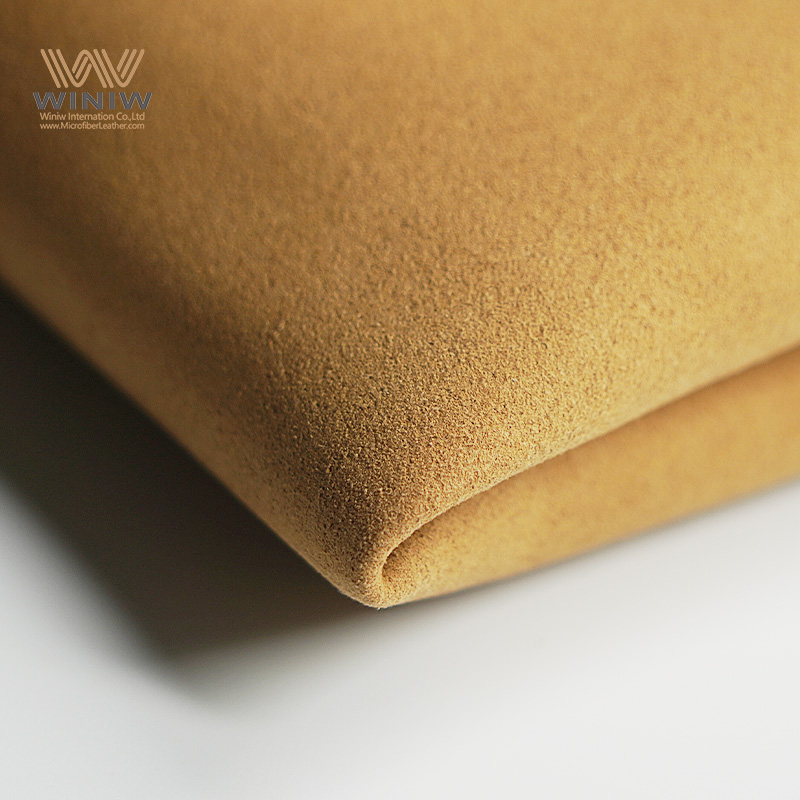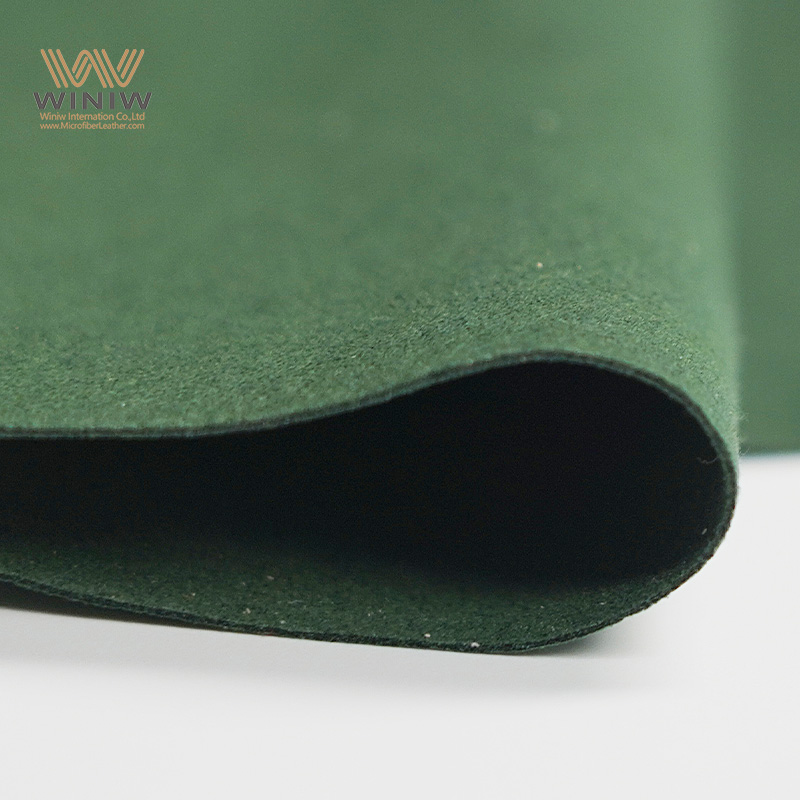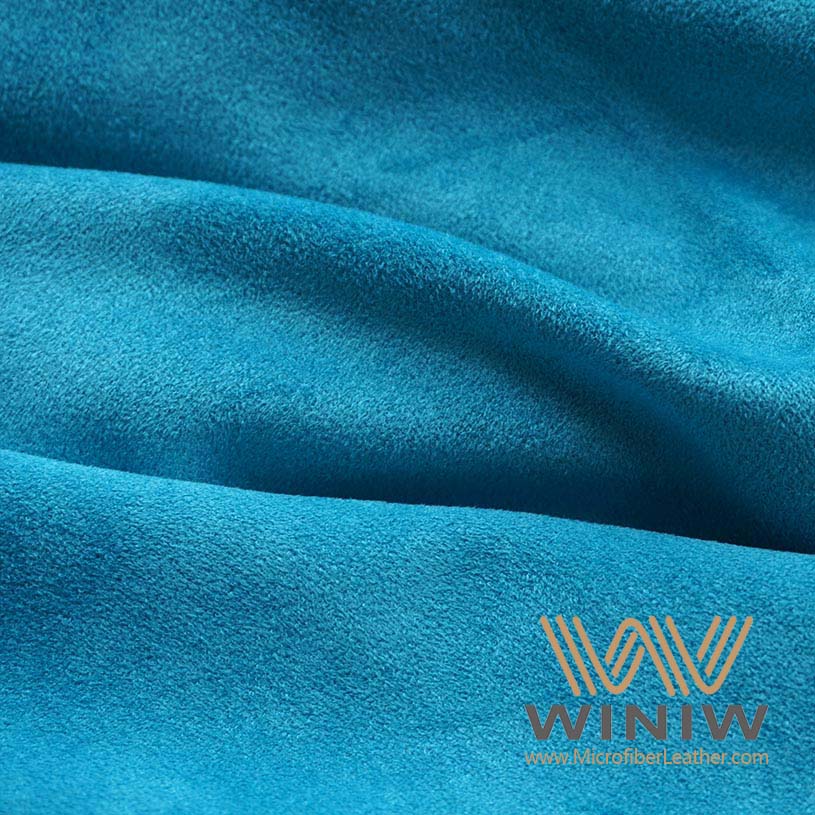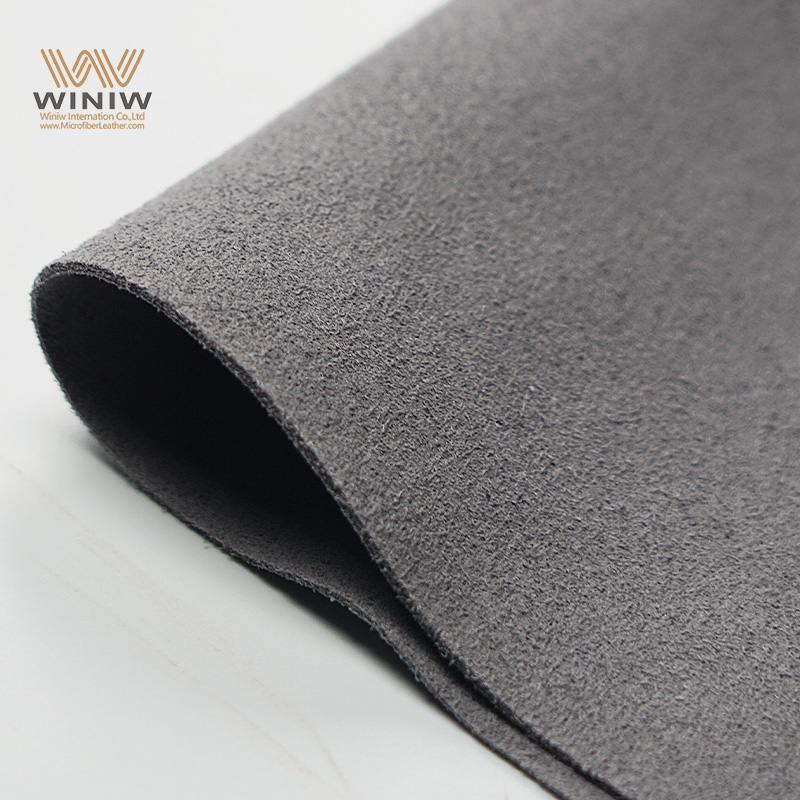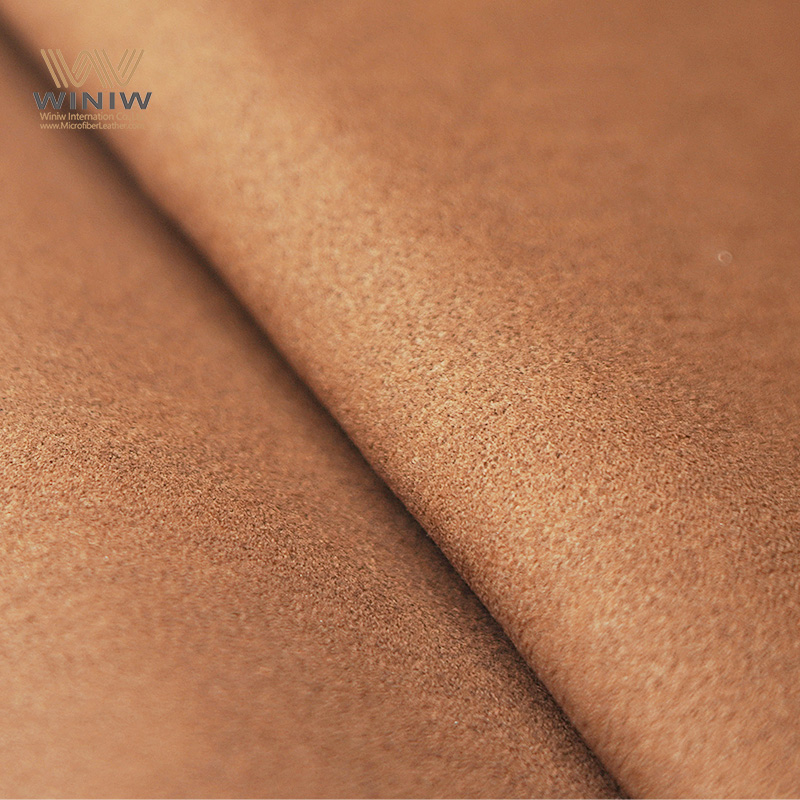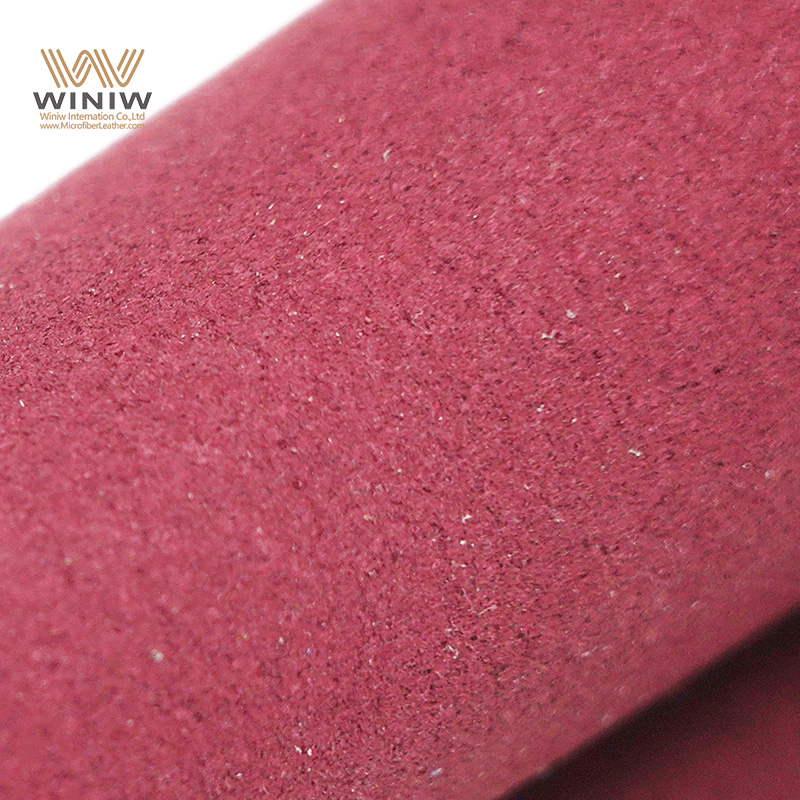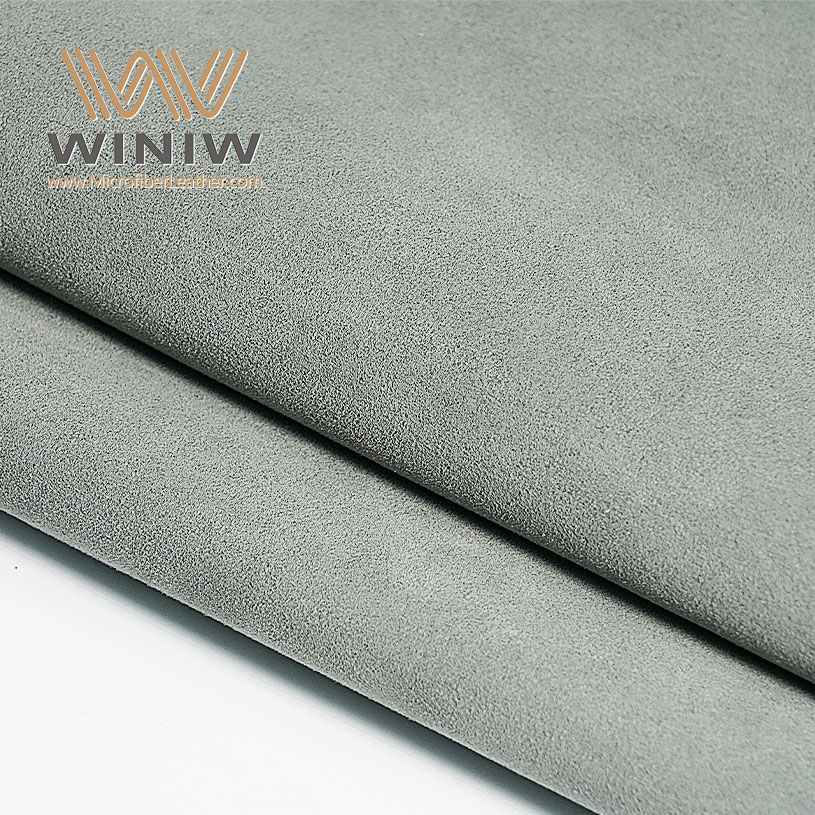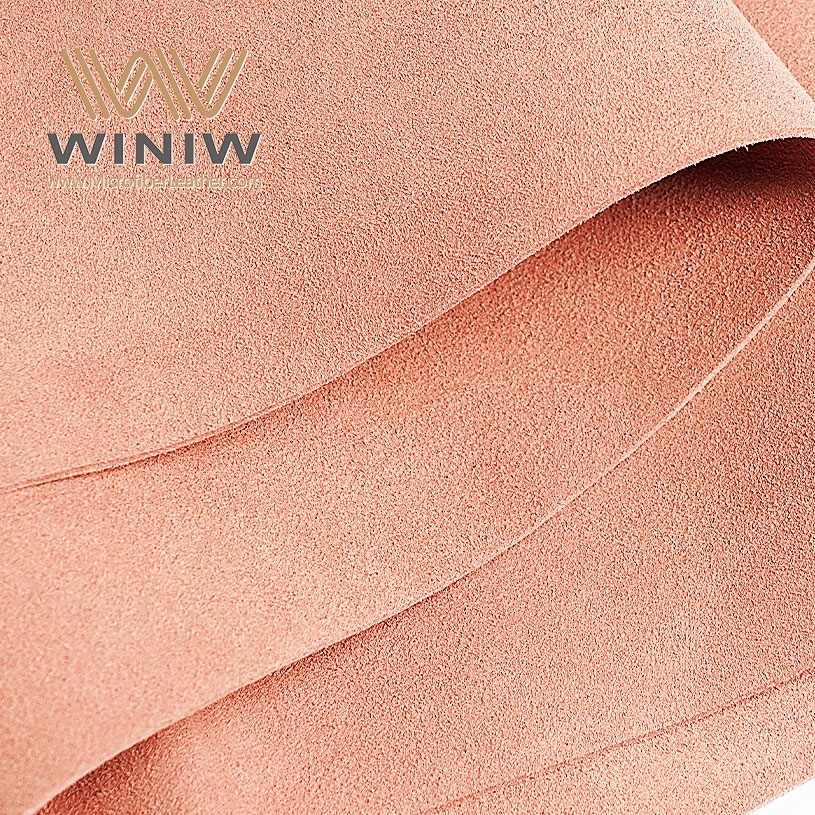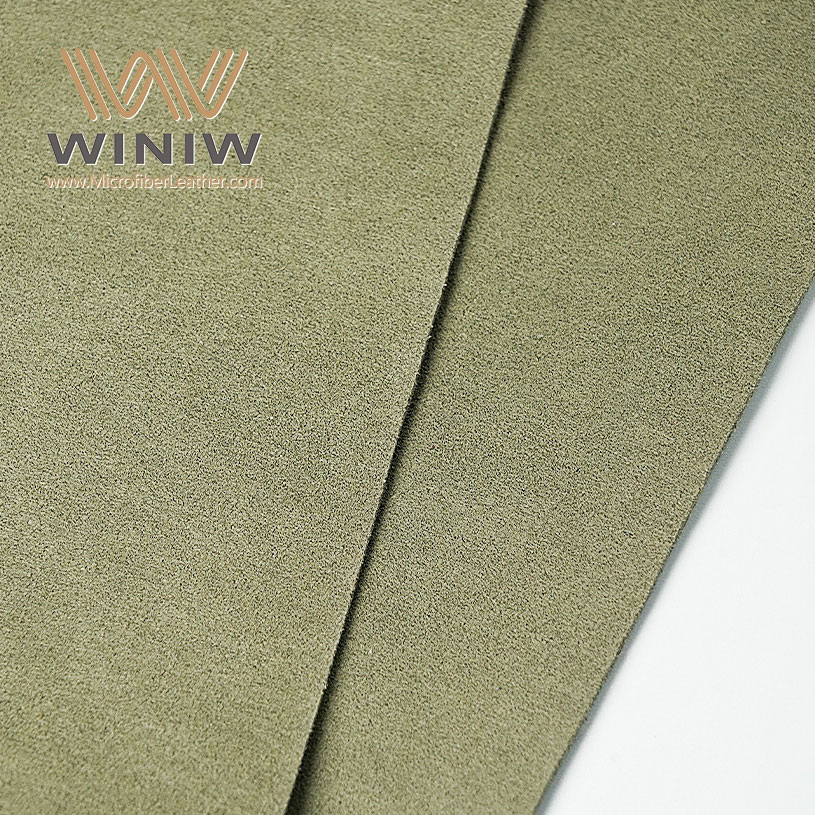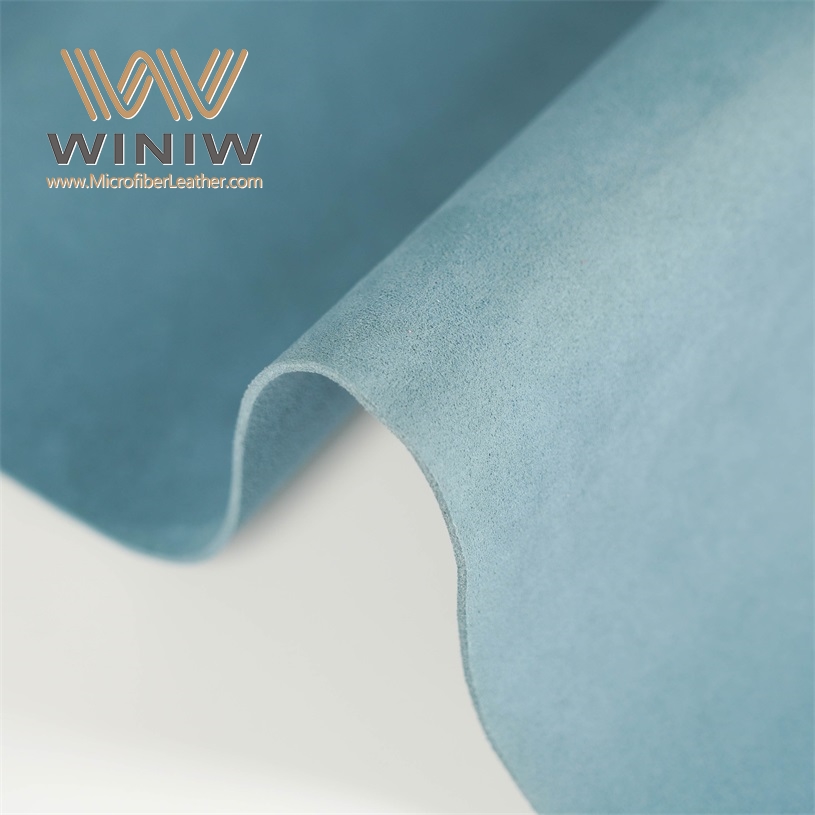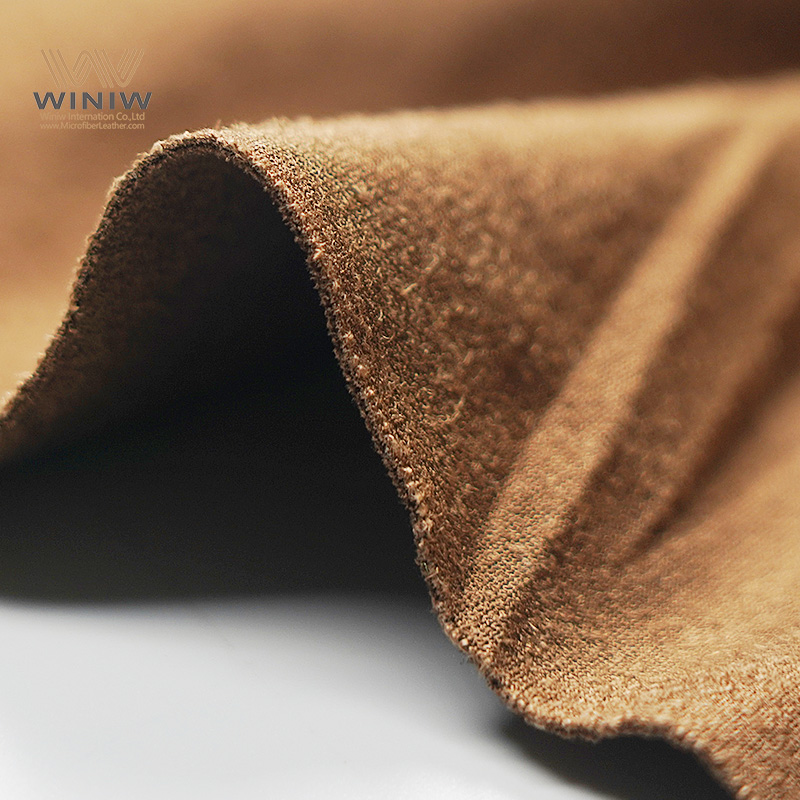
Microsuede Durability stands out in everyday furniture, offering impressive resistance to wear and tear. Pet owners often choose microsuede because it maintains a clean look even with frequent use. The tightly woven fibers help the fabric resist scratches and spills. Compared to real suede, microsuede requires less maintenance and lasts longer. The table below shows how microsuede outperforms real suede in upholstery applications:
Material | Wear Resistance | Water Resistance | Maintenance Needs | Lifespan |
|---|---|---|---|---|
High | Excellent | Low | Long-lasting | |
Real Suede | Medium | Poor | High | Variable |
How Well Does Microsuede Hold Up on Everyday Furniture
Microsuede is highly durable, making it ideal for everyday furniture in busy households.
The fabric resists stains and spills, allowing for easy cleanup and maintenance.
Microsuede maintains its appearance over time, resisting fading, fraying, and pilling.
Pet owners benefit from microsuede's scratch resistance and low attraction to pet hair.
Regular vacuuming and prompt spot cleaning help keep microsuede looking fresh and clean.
Microsuede is more affordable than real suede while offering similar luxurious aesthetics.
The fabric's comfort and softness make it a popular choice for family rooms and lounges.
Choosing microsuede can save money in the long run due to its durability and low maintenance needs.
What Is Microsuede
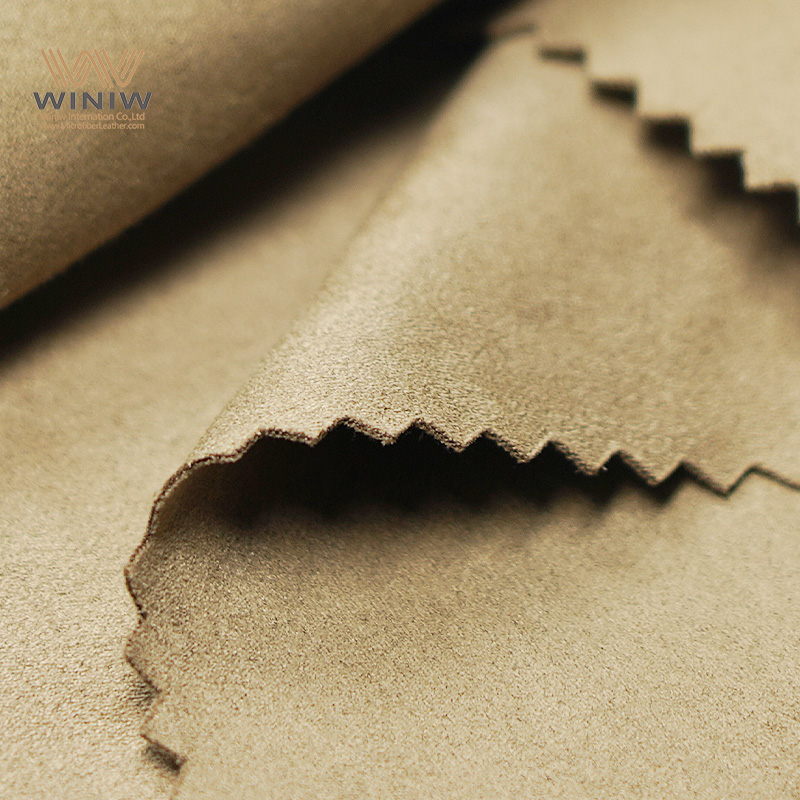
Fabric Composition
Microsuede is a synthetic microfiber fabric designed to mimic the luxurious feel of natural suede. Manufacturers create this material using millions of ultra-fine polyester fibers. These microfibers are much finer than a human hair, which gives the fabric its signature softness and smooth texture. Polyester stands out as the primary fiber in microsuede, valued for its durability and resistance to stains. Some blends may also include nylon, which adds extra strength and flexibility.
Note: Microsuede is defined in the textile industry as a man-made fabric made from micro-denier polyester fibers. This construction allows it to combine the softness of genuine suede with practical benefits like wear resistance and easy care.
The table below highlights the main fibers used in microsuede:
Fiber Type | Description |
|---|---|
Polyester | Durable and stain resistant, primarily used in microsuede. |
Nylon | Adds strength and flexibility to some microsuede blends. |
Differences from Real Suede
Microsuede and real suede differ in both origin and manufacturing process. Real suede comes from the underside of animal hides, while microfiber uses synthetic materials. The production of real suede involves sanding animal hides to achieve a soft, napped finish. In contrast, manufacturers produce microfiber by weaving synthetic fibers, bonding them with a polyurethane binder, and then napping the surface for texture.
Real suede relies on animal farming, which requires significant land, water, and feed. The tanning process for real suede also uses large amounts of water and chemicals, contributing to environmental concerns.
Microsuede avoids animal products and uses fewer resources, resulting in less waste and pollution.
Tip: Producing real leather requires 14 times more water than synthetic alternatives like microsuede.
Uses in Furniture
Microsuede has become a popular choice for furniture upholstery due to its durability and easy maintenance. Homeowners and designers often select this microfiber for high-traffic areas and busy households. The fabric’s resistance to stains and wear makes it ideal for everyday use.
Common applications of microsuede in furniture include:
Sofa, couch, bench, and chair upholstery
Bed covers
Ottomans and footstools
Upholstered headboards
Restaurant seating
This versatility allows microsuede to meet the demands of modern furniture upholstery, providing both comfort and long-lasting appeal.
Microsuede Durability
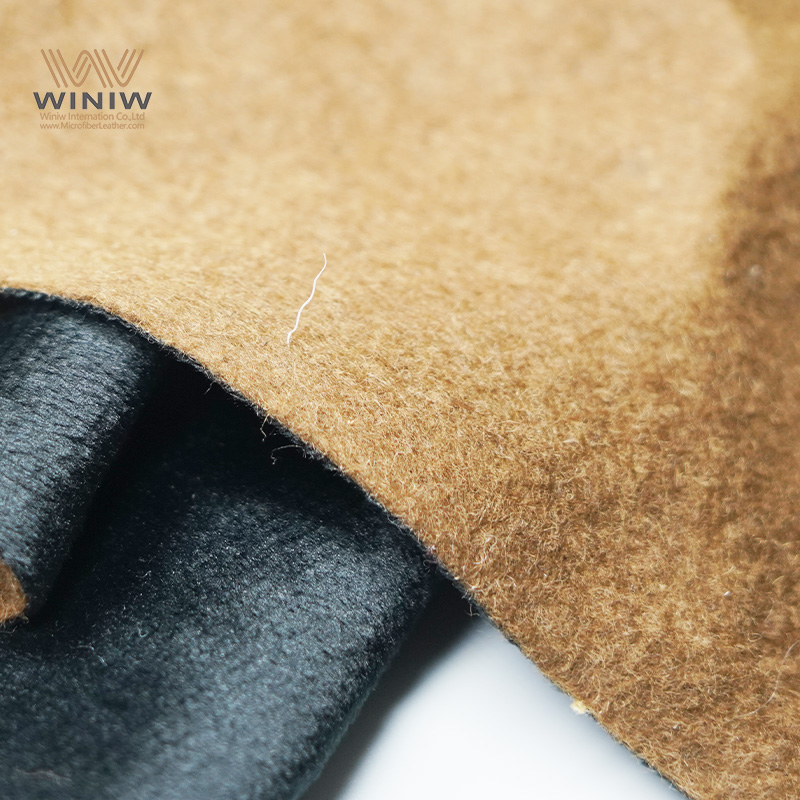
Microsuede durability sets a high standard in the world of upholstery. Many homeowners and designers consider it among the most durable furniture fabric options available today. The tightly woven polyester fibers give microsuede its reputation for being both durable and resistant to daily wear. This structure helps the fabric withstand the demands of busy households, frequent guests, and even energetic pets.
Wear Resistance
Microsuede stands out for its impressive wear resistance. The fabric’s construction uses millions of fine polyester fibers packed closely together. This design creates a strong surface that resists abrasion and prevents fibers from breaking loose. As a result, microsuede durability often surpasses that of real suede and many other upholstery fabrics.
The following table compares faux suede (microsuede) and real suede in key areas related to durability:
Feature | Faux Suede (Microsuede) | Real Suede |
|---|---|---|
Abrasion Resistance | High | Low |
Stain Resistance | Excellent | Poor |
Maintenance | Easy | Requires special care |
Longevity | Maintains look with minimal care | Prone to wear and fading |
Pet-Friendly Qualities
Pet owners often search for the most durable furniture fabric that can handle claws, fur, and the occasional accident. Microsuede durability makes it a top choice for these households. The dense weave of the fabric helps prevent scratches from becoming visible. Pet hair does not cling as easily to microsuede as it does to some other materials. Cleaning up after pets becomes much simpler, and the fabric maintains its appearance over time.
The fine fiber structure of microsuede contributes to its durability.
Tightly woven fibers create a strong surface that minimizes fiber breakage.
This construction helps prevent fibers from coming loose, enhancing resistance to pilling and fraying.
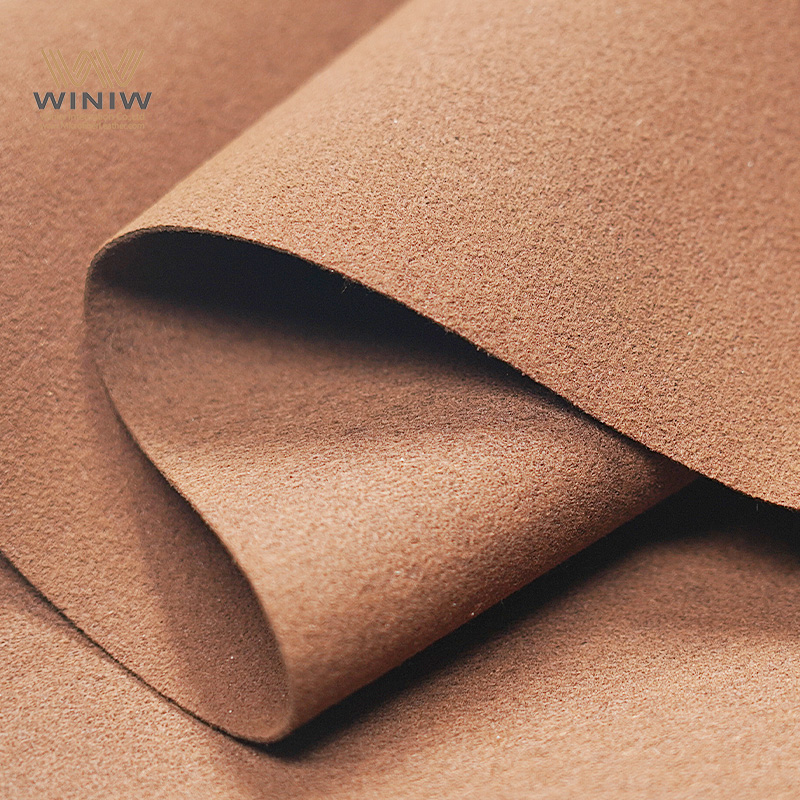
High-Traffic Areas
Furniture in high-traffic areas faces constant use. Microsuede durability ensures that sofas, chairs, and ottomans retain their good looks even after years of daily activity. The most durable furniture fabric must resist not only wear but also the effects of repeated cleaning. Microsuede meets these demands by offering a surface that stands up to friction and resists pilling.
High-density woven fabrics experience less relative movement between fibers.
Reduced movement decreases the likelihood of pilling formation.
The most durable furniture fabric should maintain its structure and color, even in busy spaces.
Longevity
Longevity remains a key factor when choosing the most durable furniture fabric. Microsuede durability means that furniture can last for many years, even in environments with heavy use. The average lifespan of polyester suede, which includes microsuede, depends on the quality of the material and how it is used.
The lifespan of polyester suede, including microsuede, can vary based on material quality and usage.
Higher-quality polyester suede tends to last longer than lower-quality options.
Fabric sofas generally have a lifespan ranging from 3 to 12 years, influenced by usage patterns and material quality.
Microsuede durability allows furniture to maintain its appearance with minimal care. The fabric resists fading, fraying, and pilling, which helps extend the life of sofas and chairs. Many people find that microsuede remains one of the most durable furniture fabric choices for both homes and public spaces.
Tip: Choosing microsuede for everyday furniture can help ensure that your investment lasts longer and looks better over time.
Everyday Performance
Maintains Appearance
Microsuede furniture keeps its fresh look even after years of daily use. The fabric resists fading, so colors stay vibrant. Many homeowners notice that their sofas and chairs look almost new, even in busy living rooms. The tightly woven fibers prevent dirt and dust from settling deep into the material. Regular vacuuming removes most surface debris. This helps the fabric maintain its clean appearance.
Stains rarely become permanent on microsuede. Most spills bead up on the surface, giving people time to blot them away. The fabric’s structure also resists pilling, which means the surface stays smooth. People who choose microsuede for upholstery often find that their furniture looks attractive for a long time.
Tip: To keep microsuede looking its best, rotate cushions and use arm covers in high-use areas.
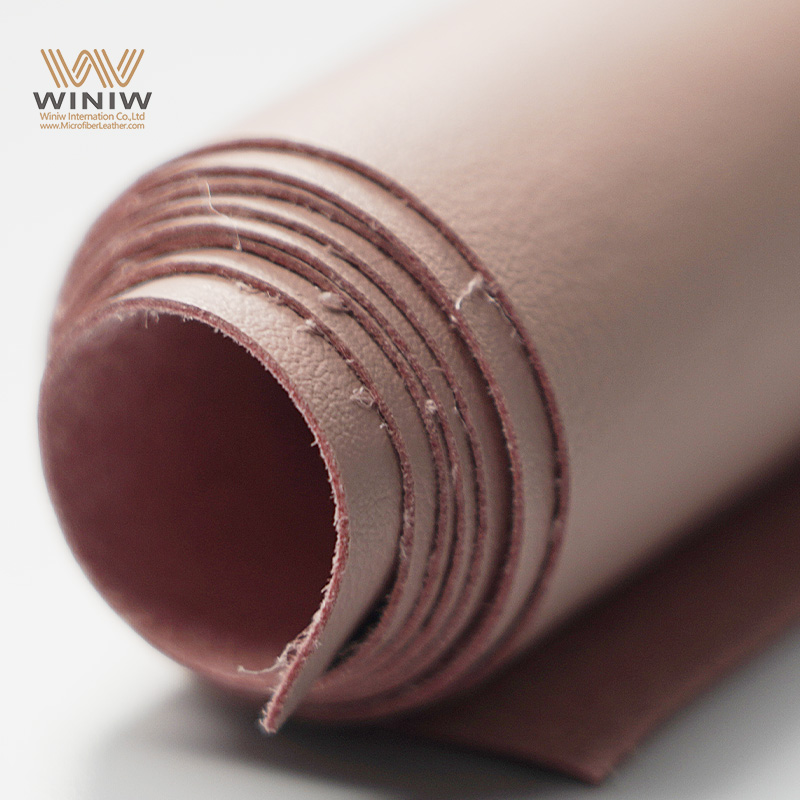
A few simple habits can help maintain the appearance of microsuede furniture:
Vacuum weekly to remove dust and crumbs.
Blot spills immediately with a clean, dry cloth.
Use a soft brush to lift the nap and restore texture.
These steps help preserve the fabric’s original look and feel.
Comfort
Microsuede offers a soft, inviting texture that many people enjoy. The surface feels smooth and gentle against the skin. Unlike some other durable fabrics, microsuede does not feel stiff or rough. People often describe the sensation as similar to natural suede, but with added warmth.
The fabric adapts well to temperature changes. It feels cozy in cooler weather and remains comfortable during warmer months. This makes microsuede a popular choice for family rooms and lounges. Children and pets can relax on the furniture without discomfort.
Microsuede also provides a quiet seating experience. The fabric does not make noise when people shift positions. This quality adds to the sense of relaxation in a room.
Many families appreciate that microsuede combines comfort with a durable design. The fabric stands up to daily use while offering a pleasant place to sit or lie down. People who want both comfort and long-lasting furniture often select microsuede for their homes.
Note: Microsuede’s blend of softness and strength makes it a favorite for upholstery in busy households.
Stain & Water Resistance
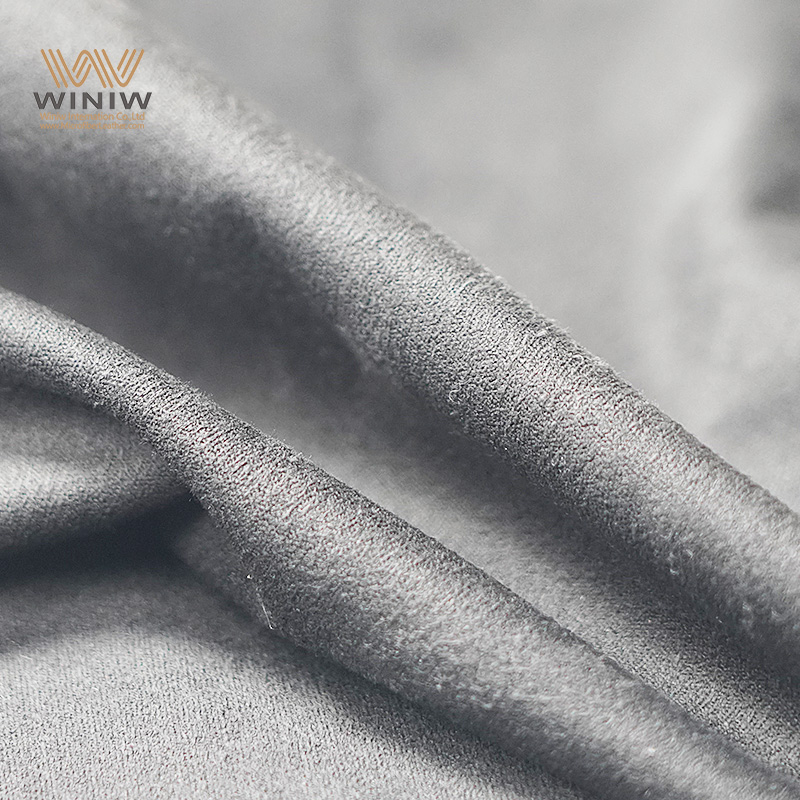
Handles Spills
Microsuede stands out for its ability to handle everyday spills. The fabric’s tightly woven polyester fibers create a barrier that helps liquids bead up on the surface. When someone spills a drink or drops food, the liquid usually sits on top of the fabric instead of soaking in right away. This feature gives people extra time to blot up the mess before it causes a stain.
Many homeowners notice that water, juice, or even coffee can be wiped away with a clean cloth. The fabric’s structure prevents most spills from penetrating deep into the cushion. This quality makes microsuede a practical choice for families with children or pets. People who entertain guests often appreciate how easy it is to keep their furniture looking clean.
Tip: Always blot spills gently with a dry, absorbent towel. Rubbing can push the liquid deeper into the fibers.
Microsuede’s water resistance also helps prevent odors from developing. Since liquids do not soak in quickly, the fabric stays fresher over time. This benefit adds to the overall value of microsuede for busy households.
Stain Prevention
Microsuede’s stain resistance comes from both its fiber structure and optional chemical treatments. Manufacturers often recommend using furniture protection sprays to boost the fabric’s ability to repel stains. Scotchgard remains one of the most recognized options, but newer products using nano technology offer environmentally friendly solutions. These treatments can be applied at home or by professional upholstery cleaners.
Furniture protection sprays like Scotchgard enhance stain resistance.
Nano technology products provide eco-friendly alternatives.
Both homeowners and professionals can apply these treatments.
Regular care also plays a key role in preventing stains. Simple habits help keep microsuede looking its best:
Brush the upholstery regularly to prevent matting and remove debris.
Use a damp, edgeless utility towel with a suitable cleaner to break up oils and dirt.
Treat spills promptly to stop them from setting.
These steps help maintain the fabric’s protective qualities. When people act quickly, most stains never become permanent. The combination of fiber technology and proper care makes microsuede a smart choice for anyone who wants low-maintenance furniture.
Note: Consistent cleaning and timely treatment of spills extend the life and appearance of microsuede upholstery.
Microsuede’s ability to resist stains and water makes it ideal for everyday furniture. Families, pet owners, and anyone who values easy care can rely on this fabric to stay attractive and functional for years.
Cleaning & Care
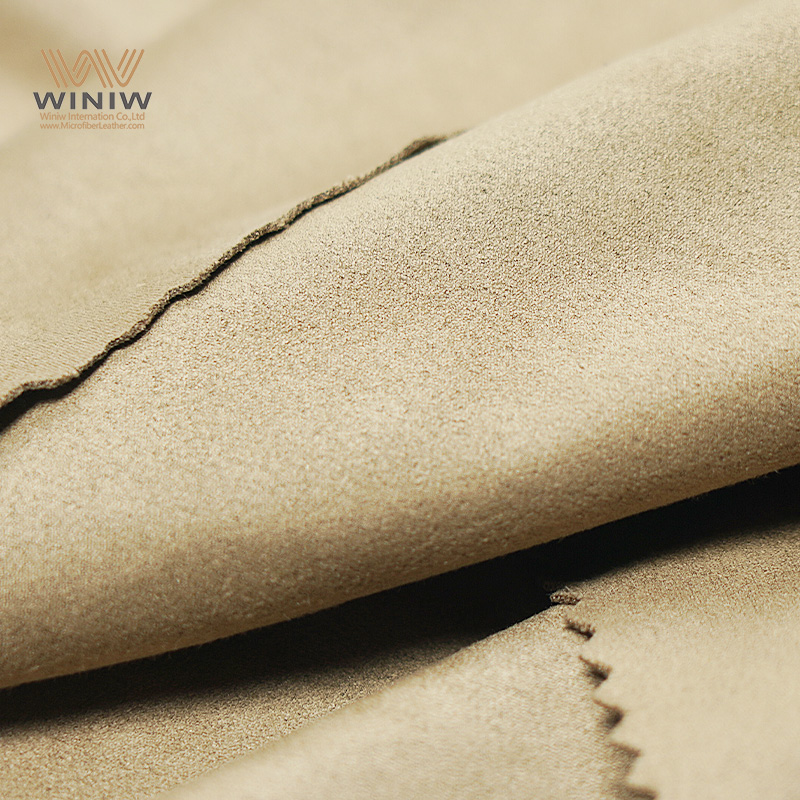
Spot Cleaning
Microsuede responds well to spot cleaning, which helps keep furniture looking fresh. Upholstery experts recommend several methods for tackling common stains. Each approach uses simple household items and gentle techniques.
For marker stains, sprinkle baking soda on the affected area. Let it sit for a few minutes, then wipe away the residue.
Lipstick marks come off when dabbed with rubbing alcohol. Dry the spot with a clean cloth.
Grease stains respond to rubbing alcohol or cornstarch. Apply, let absorb, and remove gently.
Oil-based food stains lift with mild dishwashing detergent mixed with water. Dab the solution onto the stain, then rinse with a damp cloth.
Pet urine requires blotting with paper towels. Afterward, use a vinegar-water solution to neutralize odors.
Fresh chewing gum hardens when exposed to ice. Scrape off the gum once it becomes firm.
These spot cleaning methods allow homeowners to address spills quickly. Acting fast prevents stains from setting and keeps the fabric in good condition. People often ask how to care for microfiber upholstery, and these steps provide practical answers.
Tip: Always test cleaning solutions on a hidden area before treating visible stains.
Maintenance Tips
Regular care extends the life of microsuede upholstery. Simple habits help maintain texture, color, and freshness. Brushing the surface with a soft-bristle brush restores the nap and keeps the fabric looking new. Positioning furniture away from direct sunlight or using curtains protects against fading.
To deal with odors, sprinkle baking soda on the upholstery. Let it sit for a short time, then vacuum thoroughly. Spot protection sprays designed for microfiber add a layer of defense against spills and stains. These sprays make routine care easier and reduce the risk of permanent marks.
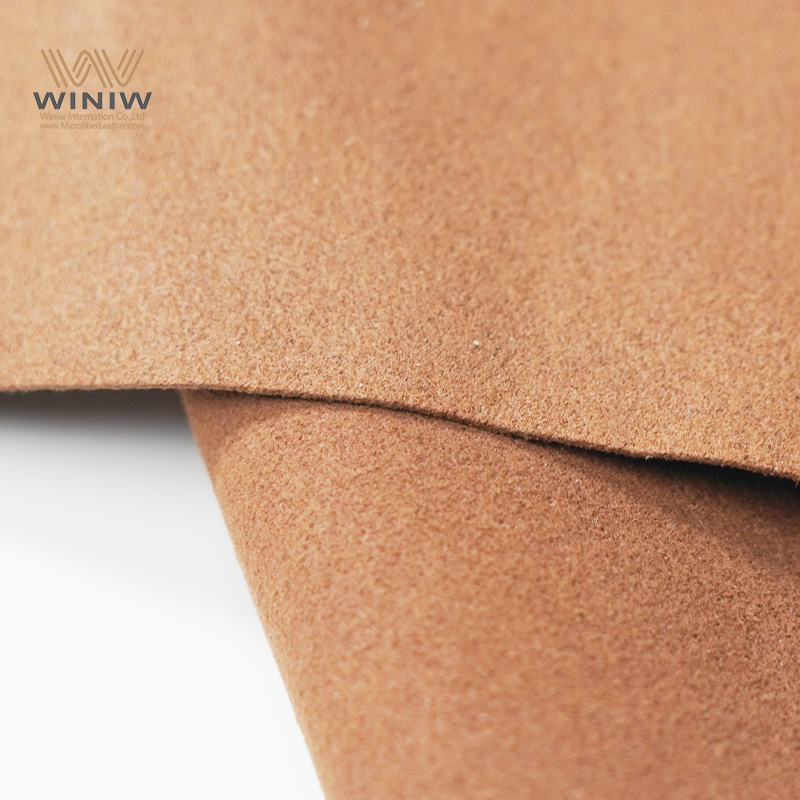
Professional cleaning plays a role in long-term maintenance. In busy households with frequent guests, children, or pets, experts recommend scheduling professional cleaning every 3 to 12 months. Less frequently used furniture benefits from cleaning every 12 to 18 months. The table below summarizes recommended cleaning intervals:
Frequency of Use | Recommended Cleaning Frequency |
|---|---|
High usage (family, guests, pets) | Every 3 to 12 months |
Low usage | Every 12 to 18 months |
Activities (smoking, drinking) | Every 3 to 12 months |
No special activities | Every 12 to 18 months |
Microsuede requires less frequent cleaning than other upholstery fabrics. In active homes, quarterly cleaning keeps furniture in top shape. Quieter homes may only need cleaning twice a year. These guidelines answer questions about how to care for cotton upholstery and how to care for microfiber upholstery, showing that microsuede offers easy care and lasting value.
Note: Consistent care and timely cleaning help microsuede furniture stay attractive and comfortable for years.
Durable Furniture Fabric Value
Cost Comparison
Microsuede stands out as a durable furniture fabric that offers excellent value for money. Real suede, made from leather hides, costs much more than microsuede. Many buyers choose microsuede because it mimics the luxurious look and feel of real suede without the high price tag. Microsuede also competes well with other synthetic upholstery options. People who want a stylish appearance and a soft texture often find microsuede to be the most affordable choice among durable upholstery fabrics. The lower cost does not mean lower quality. Microsuede provides a practical solution for families who want durable furniture fabric that fits their budget.
Microsuede also offers better durability and easier maintenance than real suede. While real suede feels softer, it does not resist water or stains as well. Microsuede’s construction makes it more suitable for everyday use, especially in homes with children or pets. Many consumers see microsuede as a smart investment for long-lasting furniture.
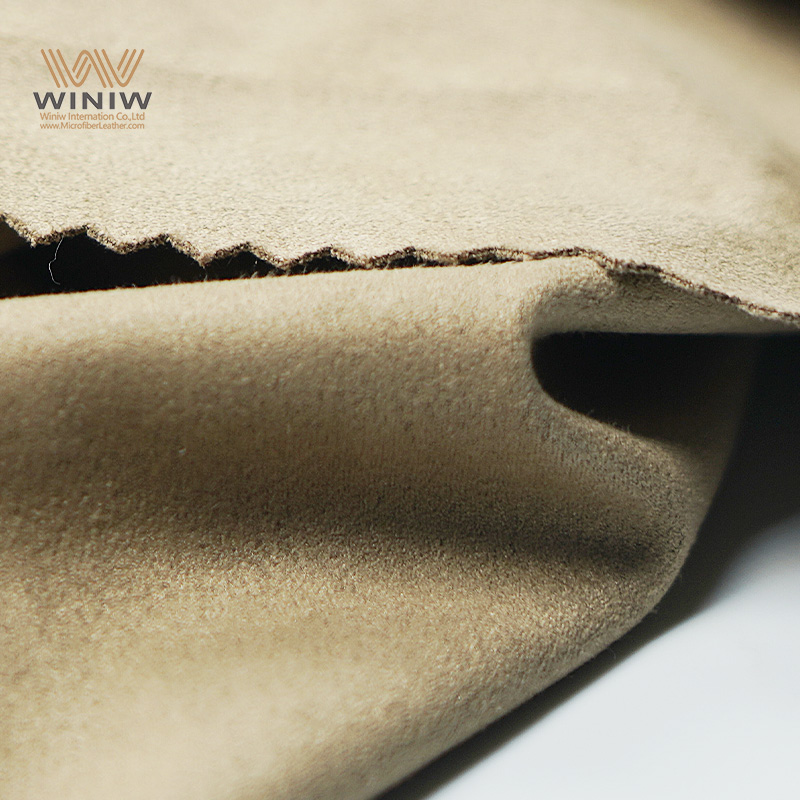
Long-Term Value
Choosing a durable furniture fabric like microsuede can save money over time. Microsuede resists wear, fading, and stains, so furniture keeps its good looks for years. People do not need to replace or reupholster their sofas and chairs as often. The fabric’s easy maintenance also reduces cleaning costs. Regular vacuuming and spot cleaning keep microsuede looking fresh. Professional cleaning is rarely needed, which adds to its long-term value.
Microsuede’s durability means that furniture stays comfortable and attractive even in busy households. Many families notice that their microsuede sofas and chairs last longer than those made with less durable upholstery. The combination of affordability, durability, and low maintenance makes microsuede a top choice for those seeking durable furniture fabric.
Tip: Microsuede’s long-term value comes from its ability to maintain appearance and comfort with minimal effort.
Pros & Cons
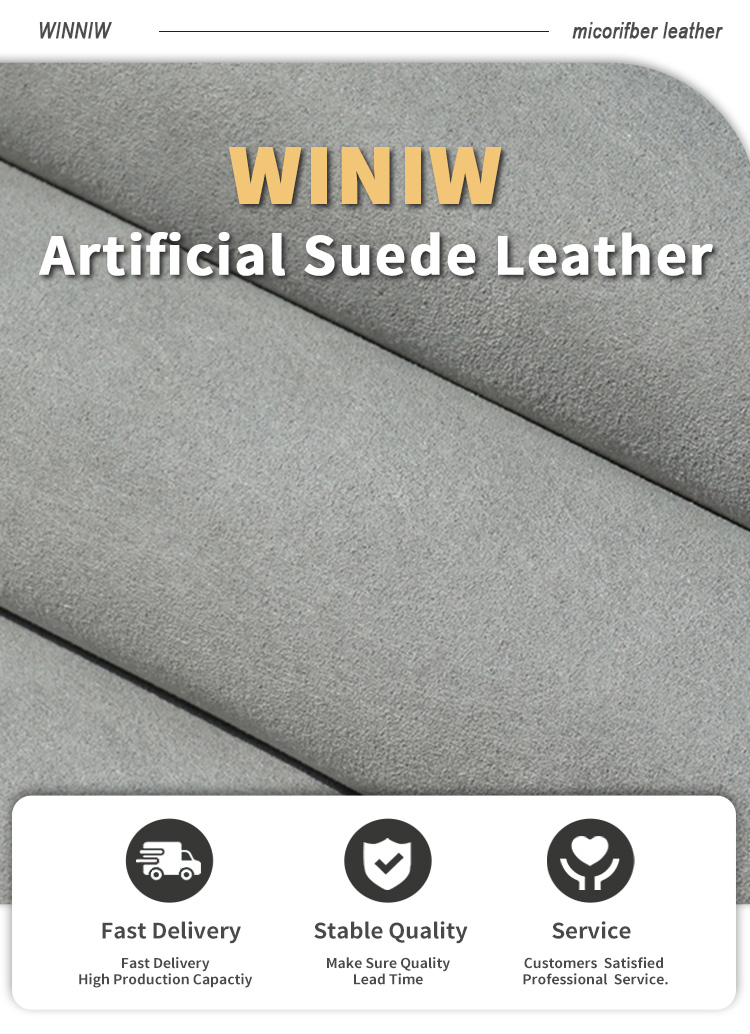
Microsuede offers many benefits as a durable furniture fabric, but it also has some drawbacks. The table below summarizes the most commonly cited pros and cons from consumer reviews:
Pros | Cons |
|---|---|
Easy maintenance | Difficulty in cleaning light colors |
Durable | Static cling |
Resists stains | Attracts pet hair |
Affordable | Looks dirty quickly in light colors |
Comfortable | 'Swirl' marks can appear like stains |
Stylish appearance | Resistance with clothing fabric |
Versatile | Lint and threads stick to the fabric |
People appreciate microsuede for its easy care, durability, and affordable price. The fabric resists stains and maintains its appearance with simple cleaning routines. However, light-colored microsuede can show dirt more easily. Static cling and pet hair may also be concerns for some households. Swirl marks and lint can sometimes affect the look of the fabric. Despite these minor issues, microsuede remains one of the most popular choices for durable furniture fabric in homes and public spaces.
Note: Regular brushing and vacuuming help reduce static and keep microsuede looking clean.
Microsuede continues to earn praise for its balance of cost, durability, and style. Many people consider it the best option among durable upholstery fabrics for everyday furniture.
Microsuede stands out as a smart choice for everyday furniture. The fabric’s dense polyester fibers make it scratch-resistant, stain-resistant, and durable, especially in homes with pets. It maintains its shape and resists pilling or fraying, even after years of use. Experts recommend microsuede upholstery for busy households because it is easy to clean, comfortable, and available in many styles. Families seeking long-lasting, low-maintenance furniture will find microsuede both practical and stylish.
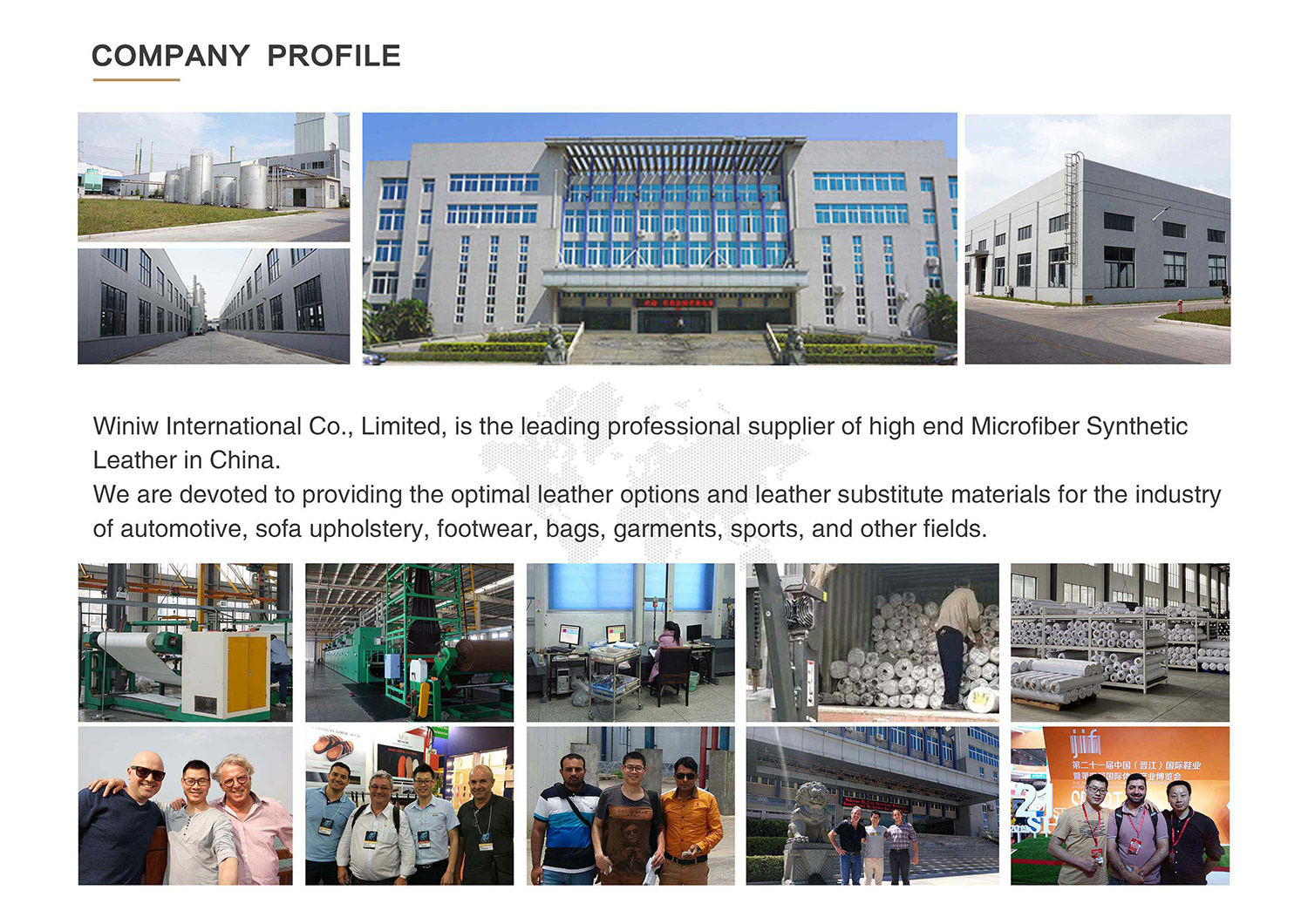
FAQ
How does microsuede compare to other fabrics for durability?
Microsuede resists wear better than many common fabrics. Its tightly woven fibers help prevent fraying and pilling. Many homeowners choose microsuede for furniture that sees frequent use.
Can pet owners use microsuede furniture safely?
Pet owners find microsuede practical. The fabric resists scratches and does not attract pet hair easily. Cleaning up after pets becomes simple, and the surface maintains its appearance.
Is microsuede suitable for families with children?
Families with children benefit from microsuede’s stain resistance. Spills often bead up on the surface, allowing quick cleanup. The fabric stands up to rough play and daily activity.
How should someone clean microsuede upholstery?
Spot cleaning works well for microsuede upholstery. Use a soft brush or vacuum to remove dust. For stains, blot with a damp cloth and mild detergent. Avoid harsh chemicals to preserve the fabric.
Does microsuede fade in sunlight?
Microsuede resists fading better than many natural fabrics. Placing furniture away from direct sunlight or using curtains helps maintain color. Regular care keeps the fabric looking vibrant.
Can professional cleaning extend the life of microsuede furniture?
Professional cleaning removes deep dirt and refreshes the fabric. Experts recommend scheduling cleanings every few months for high-use pieces. This routine helps microsuede furniture last longer.
What are common drawbacks of microsuede?
Some users notice static cling or lint on the surface. Light colors may show dirt quickly. Regular brushing and vacuuming help reduce these issues and keep furniture looking clean.
Is microsuede environmentally friendly?
Microsuede uses synthetic fibers, which require less water and fewer resources than real suede. The production process creates less waste, making it a more sustainable choice for many households.


